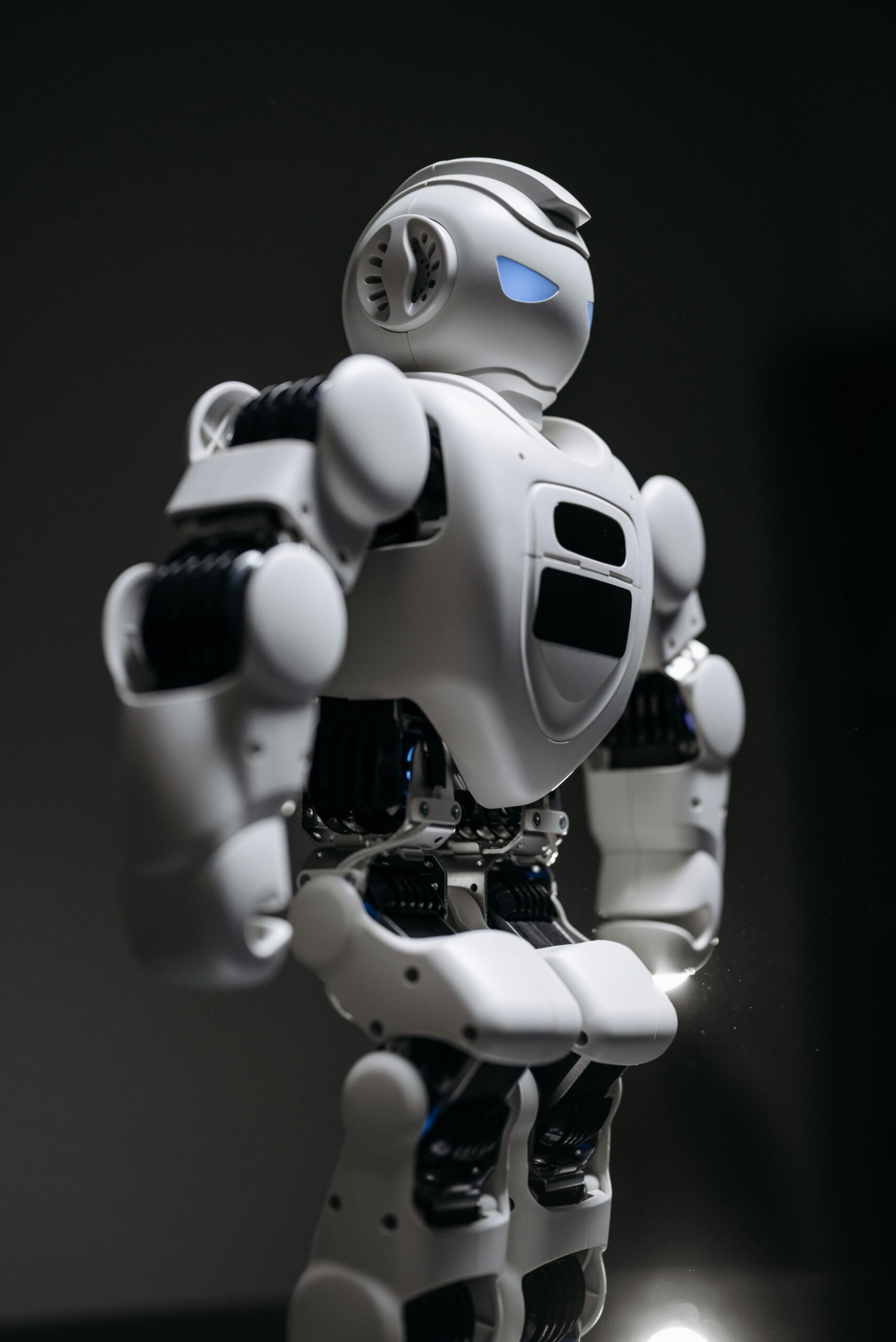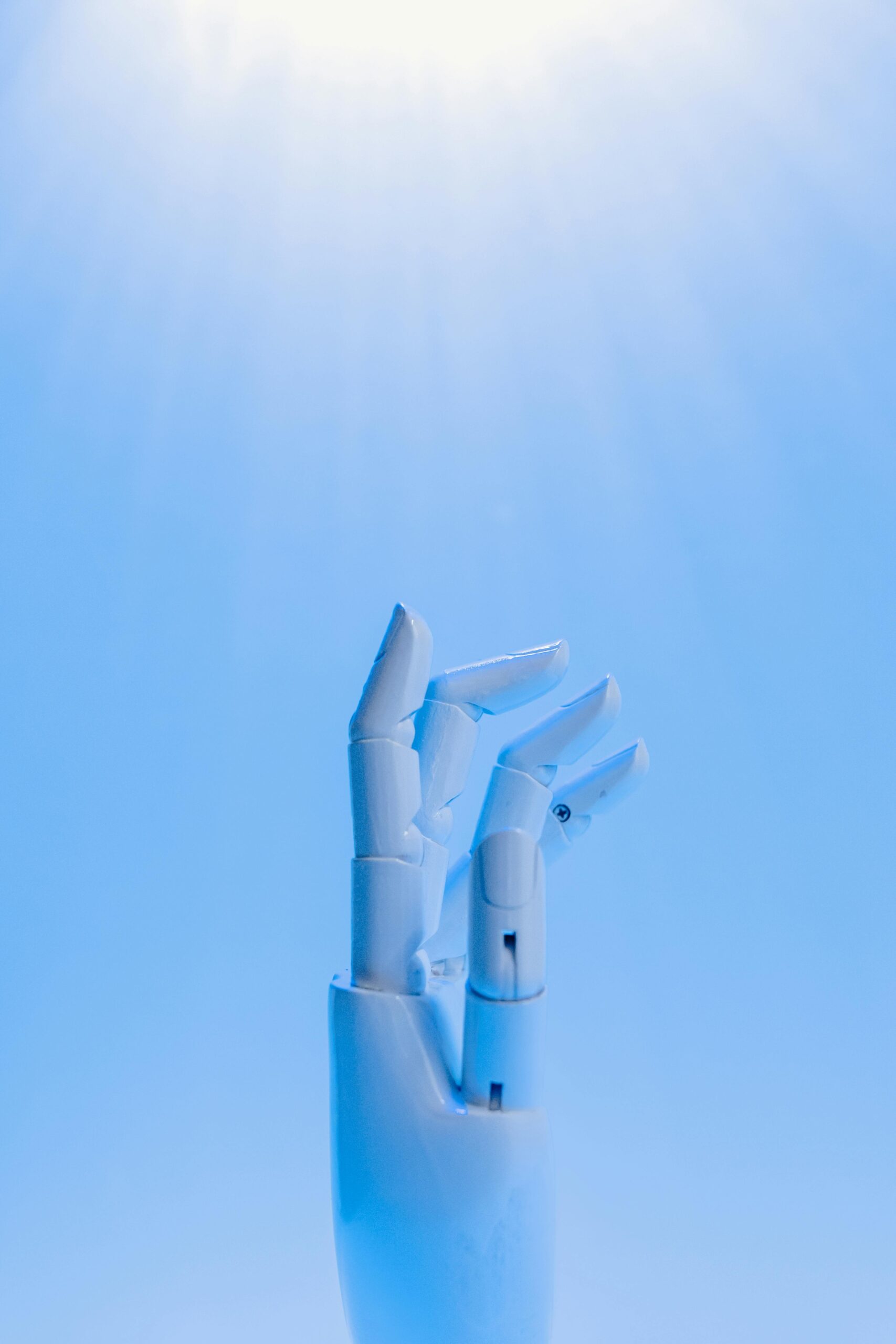Recent research has explored an intriguing way to evaluate and compare the performance of AI agents tackling complex tasks. The core idea revolves around the concept of a “half-life”—a term borrowed from the familiar context of radioactive decay. This novel framework offers a quantifiable measure of how quickly an AI agent’s probability of successful task completion diminishes as the task’s duration increases. Let’s delve into the details of this research, its findings, and what it means for the future of AI development.
Core Methodology: Survival Analysis and the Constant Hazard Rate
The study builds upon empirical data from a recent assessment (Kwa et al., 2025) which evaluated AI agent performance across 170 research-engineering tasks with varying durations. The researchers employed a technique called survival analysis, specifically focusing on a “constant hazard rate” model. This model assumes that the probability of an AI agent failing at any given moment during a task remains constant, irrespective of how long the task has been ongoing, as long as the agent has survived until that point.
Defining the Model
Mathematically, the survival probability for a task of duration
t is expressed as:
S(t) = e-λt, where λ represents the constant hazard rate. This equation means that as t (task duration) increases, the survival probability S(t) decreases exponentially.
What is a Half-Life?
The concept of “half-life” is central to this framework. It’s defined as the task duration at which the AI agent’s success rate drops to 50%. Calculated as:
T1/2 = ln(2) / λ, this value allows for a standardized comparison between different AI agents. A longer half-life signifies a more capable agent, demonstrating a greater ability to maintain success over longer durations.
Key Findings: Exponential Decay, Rapid Progress, and Success Thresholds
The researchers discovered that the exponential decay model fits the observed data remarkably well. This suggests a rapid decline in success rates as task duration increases, aligning with the constant hazard rate assumption. The implications of this are significant.
Rapid Progress in AI Capabilities
A particularly noteworthy finding is the observation that the length of tasks AI agents can solve at a 50% success rate has been doubling approximately every 7 months. This points to a period of exceptionally rapid progress in AI capabilities.
The Impact of Success Thresholds
The study also demonstrated how the “time horizon” for success dramatically shrinks as higher success thresholds are considered. For example, an 80% success rate corresponds to a time horizon that is about one-third of that for a 50% success rate. Furthermore, achieving a 99% success rate requires a significantly shorter time horizon, approximately one-seventieth of that needed for 50% success.
Unraveling the Mechanism: The Subtask Model
The researchers propose that the observed exponential decline in success rates is likely due to the fact that tasks are composed of numerous sequential subtasks. The model suggests that failure in *any* of these subtasks results in overall failure. This subtask architecture helps to explain why the performance of AI agents appears to decay exponentially.
Implications and Limitations: Forecasting, Comparison, and Human Performance
The half-life model offers a practical method for forecasting AI progress, comparing different models, and predicting the duration for which an agent can reliably perform tasks at various success rates. However, it’s essential to acknowledge the limitations of the study.
Limitations of the Current Model
The current findings are based on a specific set of research-engineering tasks. It’s possible that these results may not generalize to all types of tasks or real-world scenarios. Furthermore, human performance often deviates from this exponential decay. Humans often exhibit a slower decline in success rates over longer task durations, potentially due to superior error recovery mechanisms or the ability to leverage broader context.
Future Research Directions
Deviations from the exponential model in future data could reveal new insights into AI agent behavior and identify areas ripe for improvement. Future research should focus on comparing the exponential model with alternative models (like the log-logistic) and rigorously testing its generalizability across various task types and domains.
Comparing AI and Human Performance
A particularly interesting avenue for future investigation would be to directly compare the decay curves of AI agents and humans. Such a comparison could highlight fundamental differences in problem-solving approaches and error correction capabilities. Understanding and reducing the hazard rate—effectively extending the half-life—is key to enhancing AI reliability on extended-duration tasks.
Key Concepts: A Summary
Here’s a summary of the key concepts introduced in this research:
| Concept | Description |
|---|---|
| Half-life | Task duration at which AI agent’s success rate drops to 950% |
| Constant hazard | Probability of failure per unit of human task time remains constant |
| Exponential decay | Success rate declines exponentially with task length |
| Doubling time | Time for the half-life (task duration at 50% success) to double (currently ~7 months) |
| Subtask model | Tasks are made of sequential subtasks; failure in any leads to overall failure |
Conclusion: Benchmarking AI and Charting the Path Forward
The half-life framework provides a powerful and intuitive way to understand and benchmark the capabilities of AI agents on complex tasks. It underscores both the remarkable progress achieved in AI and the challenges that remain in realizing consistently high reliability when tackling tasks that demand significant time and effort. As AI continues to evolve, this framework offers a valuable tool for tracking progress, comparing models, and guiding the development of more robust and dependable AI systems.







Leave a Reply
You must be logged in to post a comment.